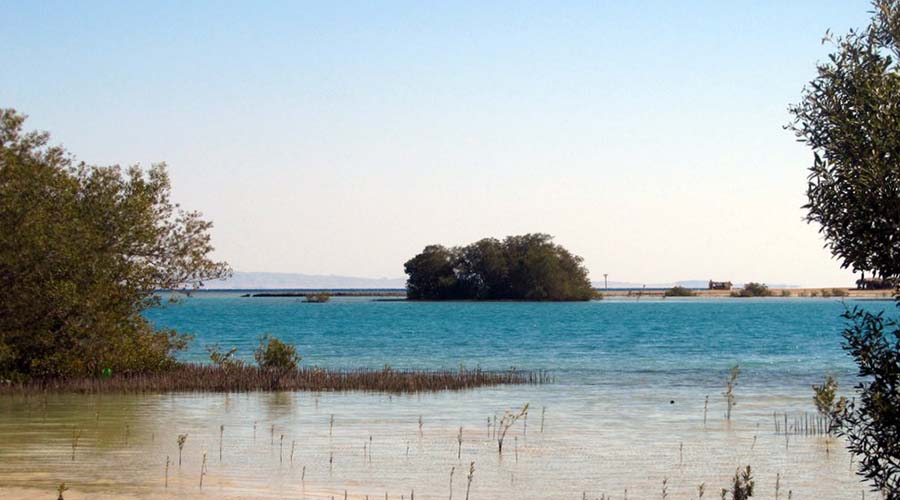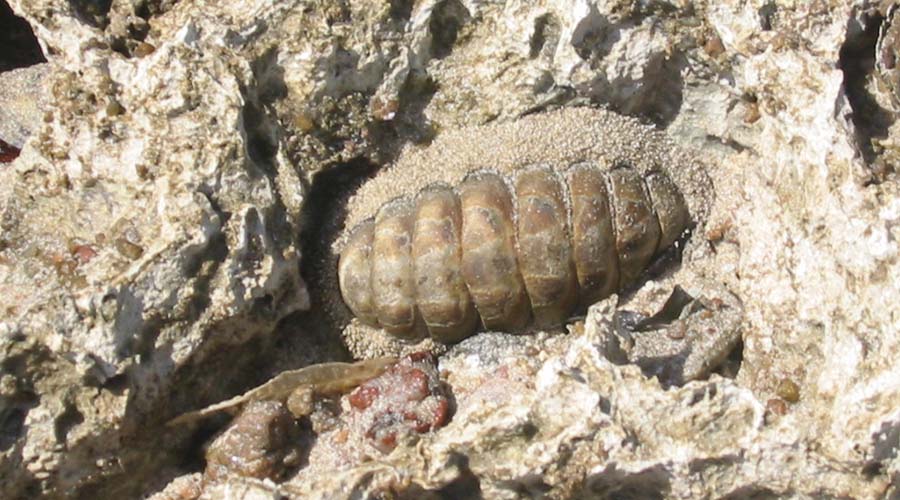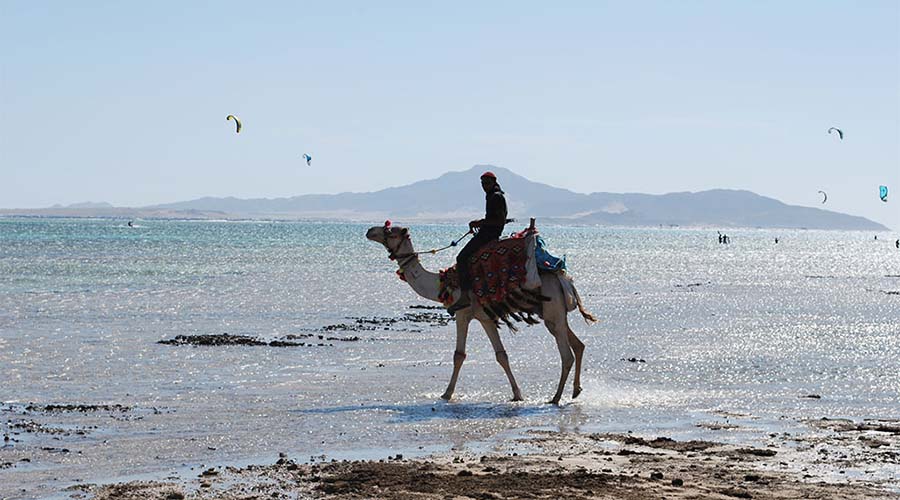Nabq National Park Sharm information, tours, prices and online booking
Nabq National Park located in Sharm El Sheikh Egypt. South Sinai is one of the most spectacularly beautiful landscapes which found in Egypt. It is perhaps even in the world. In the past years, many of the sites set aside as National Parks. In fact, Nabq coastal considered the largest on the Gulf of Aqaba. It extends over an area of 600 square kilometers and contains almost 134 plants. The area is a unique combination of landscapes, with high mountains, surrounding numerous Wadis (valleys). Nabq’s coral reef are very different from Ras Muhammad, nevertheless its coral reefs are extremely rich and easy to reach from the shore.
In fact, the coastline of Nabq fringed by 4.8 km of mangrove forest. Moreover, it is the most northerly and the largest in the Red Sea. This mangrove composed of just one species of tree, Avicennia marina. Moreover, it is very fragile and worthy of protection. In fact, it is because of the important role it plays in the survival of the wild life surrounding the bay. Many plants and animals (including Gazelle and Ibex) found in Nabq National Park. They sustained by the periodic valley flooding following heavy rains. The valleys also provide a supply of fresh water to local populations. Furthermore, they are an important grazing area for Bedouin sheep and goatherds.
More information about Nabq National Park:
The mangroves in the bay area have to deal with the salty water. They do so first by filtering at the roots, and second by getting rid of excess salt in the form of crystals at the leafs. They also shelter an exceptional wealth of animal life. The shallow and calm waters among their roots provide a good protection for small fish as well as appropriate rest stop for migratory birds. Interesting species can seen such as Pacific Golden Plover; Black bellied Plover and the Caspian Tern. Seen at the far end of the bay is an old shipwreck that offers a rare and amazing diving site. The locals call the area “Al Gharaana”, which means the drowned. The bay can accessed by walking knee-deep through the water.
In fact, it is possible to reach the wreck. But suitable shoes are necessary as one bound to walk through stretches of shells and endless starfish. Approximately where the rusty wreck lies, the coral reefs begin, although they stretch along the entire coastline. The Bedouin population of Nabq has built villages (huts) in the valley and along the coast. Many of the tribes in the protectorate given up their nomadic lifestyle in the late 20th century. In fact, they increasingly settled and dependent on a wage economy. Nevertheless, they still depend on the natural resources surrounding them. Fresh water for drinking and for the goatherds provided from the valley.
Further information about Nabq Protected Area:
Some of them live by the bay all year long and some just consider it a summer retreat. They protect the area and exploit the touristic opportunities that come their way with flexibility. Most of them are familiar with many foreign languages due to the continuous contact with Tourists. They could provide you with camel safari trips, Bedouin dinners or sell you charming handmade necklaces and oriental dress made by the women. Their hospitality is legendary, and their knowledge of Sinai’s animals and plant life extensive. Nabq National Park indeed is one of the richest Diving sites in the Red Sea. It offers virtually untouched and rarely dived areas.
Nabq National Park Flora:
With an area of over 600 kilometers square, Nabq contains 134 plant species. In fact, 6 of them found only in Nabq, and 86 are perennial. All desert areas therefore fragile and off track driving is prohibited. The area contains of the largest single stands of Arak bushes (Salvadorea persica) in the Middle East. Other habitat types can found in the mountainous regions of the Protected area. In fact, it is wherever conditions permit plant growth. The mangrove stand at Nabq fronts the shoreline at the mouth of Wadi Kid.
The location and density of trees suggest that there is infiltration of fresh water, reducing the salinity to levels tolerated by the species. Mangroves adapted to their saline environment. Their root systems seen as leafless branches. They sprout from the ground around each tree, act as a barrier. Moreover, they keep out most of the salts from the seawater. The water with its dissolved nutrients then nourishes the tree. Salt not removed by the roots is exuded by the leaves and seen as salt crystals on the underside of each leaf.
Nabq National Park Fauna:
Gazelle, Nubian Ibex, Hyrax and small mammal populations inhabit the adjacent desert. Heron, Spoonbill and Osprey have sustainable breeding populations in and around the mangroves. Coral reefs in Nabq are extremely rich. Reef profiles and therefore community structure are different from reefs in the Ras Muhammad National Park. Visibility is often poor as a result of fine sediments washing out of the mangrove area. This does not detract from the beauty and diversity of the reefs. Excellent reefs with easy access can seen at Shoura al Manquata and Nakhlet El Tal.
Tourist Information:
It is foreseen that selected Bedouin groups will provide all tourism services in the area. These will include catering services at the visitor center and guide services. Moreover, services also include provision of camels for access to areas closed to vehicles. Furthermore, they also offer maintenance services, visitor interpretation and operation of camping areas. Moreover, they also offer other activities of mutual benefit. A day trip from Sharm El Sheikh is sufficient to visit the area. In fact, it is enough to explore a couple of its fascinating lagoons. You maybe can venture on a desert exploration trip on the back of a camel.
Site facts:
- Area: 600 km2.
- Type: Marine Reserve.
- Year of establishment: 1992.
- Objective: Protection of the Coral reefs and the Mangrove Avicennia marina.

















